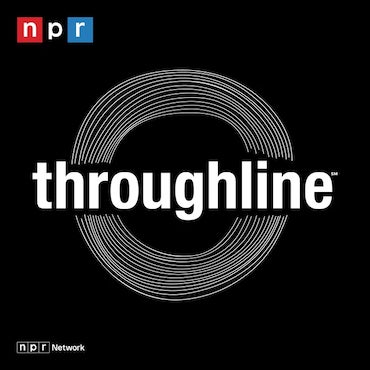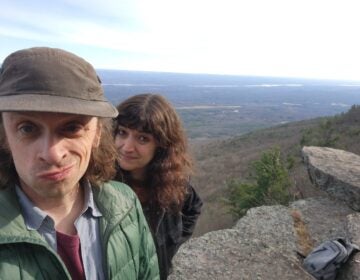Southwest Philly residents rally against proposed re-entry facility
In an effort to reduce inmate population and recidivism rates, Philadelphia wants to build prisoner re-entry centers. One of these centers may end up on a block in Southwest Philadelphia–and it’s causing a stir.
The project won five-year approval from the zoning board, but the developers need a longer-term commitment to fund the project.
Edith Dixon, the community organizer at the Southwest Community Development Corporation, is mad.
“I just happened to be looking over some zoning information like I always do,” she said, “and I saw this prison. Prison?”
Yes. At least, in zoning language. The center at the intersection of Grays Ferry and Lindbergh boulevard, would feature 400 units for individuals awaiting bail, sentencing, or transfer. It would also house people serving sentences of up to eight months.
“So, you come down, you come off of 49th street, and you come around this corner and you’re coming up the hill. And you have the prison on your right, and you have a trash plant on your left,” said Dixon. “Welcome to the neighborhood.”
Except that it isn’t exactly a prison. According to the developers and the city, the center’s focus would be re-entry and day-reporting. It would offer 104 units for transitional housing, job training and social services for those re-entering society.
Dixon’s not just mad about the center itself, though. She says the neighborhood is tired of getting “dumped on.” She says It would be just one more thing in a long list of things that the neighborhood doesn’t need.
“Oil refineries are here,” said Dixon. “We have rail pollution. We have the airport out here. We have soil pollution. We have problems with the water.”
So, It isn’t just this center–it’s everything.
That’s the sentiment of the folks, almost 100 of them, who showed up to the center’s proposed location one afternoon rush hour.
Francis Garner is a school bus driver. His route goes through here. And he lives here–just two blocks away.
“Make no mistake about it — its going to be a prison,” said Garner. “You never hear the fish man say ‘rotten fish.’ It’s always ‘fresh fish! Fresh fish today!’ They want to make it a real prison. And we can’t have it.”
While cars struggled to get around the marching protesters, a man, who refused to be interviewed, yelled angrily from his car that the neighborhood was already full of criminals — an argument the protesters and Edith Dixon have heard before. They say that’s exactly why they don’t need more.
Doctor David Watts is a principal with VCRC — that’s Vision-Nary Community Re-entry centers.
“I would like to make a little wager with you ,” said Watts. “As time goes on, if we do get this, they’ll be protesting to keep us from leaving because we’ll be such good neighbors.”
Watts says the center will largely be open to the community for use of the rec center, computers, and even job training. Residents of the center will do cleanups around the neighborhood and start small businesses.
“This really is good,” said Watts. “This is not the jail , not the prison that they are trying to make it out to be. This has been so distorted, so twisted, and so jumbled that it is about as far from the truth as it can be. It is a shame, because we’re trying to do so many good things.”
In truth, no one here is arguing that the center itself, or re-entry, is a bad idea. Not even Edith Dixon. Dixon does have a feeling, though, that perhaps Watts wouldn’t want one of these centers in his backyard.
“If they wanted to put one of these right across the street I would be totally fine with it,” said Watts. “The studies have actually shown that the crime rate around these types of centers actually decreases because you have 24-hour security on site, you have people coming and going. You take a blighted building, which is just empty and dilapidated, and now you have a remodeled, refurbished building with constant security, constant people around, and the crime rate actually goes down.”
These are all points Watts says he made in five different community meetings before the project was ever approved. He says he got the word out through fliers, newspaper ads, and door-to-door notification.
This project would be the first for VCRC — something else that bothers Dixon and neighborhood residents. Watts says he’s confident in his research, though and cites the success of similar programs in other cities.
It’s unclear exactly when the Philadelphia zoning board will vote on extending the center’s approval.
WHYY is your source for fact-based, in-depth journalism and information. As a nonprofit organization, we rely on financial support from readers like you. Please give today.




